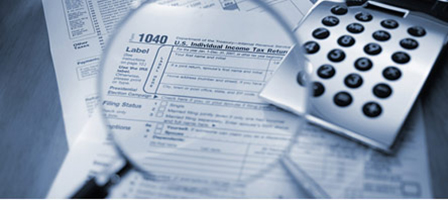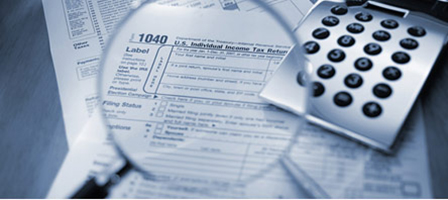FINAL RETURN OF THE DECEDENT
Generally, the same filing requirements apply to a deceased taxpayer as would otherwise be used if the taxpayer were still living, based on income level, age, and filing status. CAUTION: A fiduciary return reporting the income earned on the decedent’s assets after the date of death and until the assets are distributed to the beneficiaries may also be required. In many cases, a fiduciary return may need to be filed for more than one year.
Refunds – If a decedent’s return claims a refund, Form 1310, Statement of Person Claiming Refund Due a Deceased Taxpayer, should be filed. However, Form 1310 is not needed if:
- The person claiming the refund is the surviving spouse of the decedent, filing a joint return with the decedent, or
- A court-appointed or certified personal representative is filing an original return for the decedent.
Income to Include – The decedent’s income on the final return generally includes income derived up to the date of death.
Exemptions and Deductions – The general rules for exemptions and deductions apply to the final return.
- Medical Expenses: Medical expenses paid before death are claimed by the decedent as itemized deductions in the usual manner. Medical expenses not deductible on the final return become liabilities of the estate–they are claimed on the estate tax return. However, expenses that were paid out of estate funds within one year after death can be treated as if paid by the decedent and claimed on the decedent’s final return instead of on the estate return.
- Net Operating Loss (NOL) Carryovers: An NOL carryover of the decedent can only be deducted on his/her final return. If the final return results in an NOL, it can be carried back to the decedent’s prior year returns (just as with other NOLs).
- Passive Losses: When a passive interest, such as a rental property or limited partnership interest, is transferred due to death, the accumulated suspended losses from the activity are deductible on the decedent’s final return. The deduction amount is limited to the excess of the basis of the property at date of death over the decedent’s adjusted basis in the property just before death.
Other Tax Attributes – What becomes of other tax carryovers attributable to the taxpayer upon his or her death? To the extent that the following carryovers are attributable to the taxpayer (in the case of a married taxpayer all or half of the carryover on a joint return may be attributable to the surviving spouse), the balance of the following carryovers are lost.
- Charitable Contribution Carryover
- Investment Interest Carryover
- Capital Loss Carryover
- Business Tax Credit Carryover
- Minimum Tax Credit Carryover
Special rules apply to the carryovers of foreign tax credit, domestic production deduction and unrecovered basis in the decedent’s pension. In addition, any unsatisfied term of the moving deduction qualification period is waived.
Return Signature, Etc. – The word “DECEASED,” the decedent’s name and the date of death should be written at the top of page one of Form 1040. If there is a personal representative, that person must sign the return. If the return’s filing status is married joint, the surviving spouse must also sign. If there isn’t a representative and the return is being filed jointly, the surviving spouse signs the return and notes in the signature area: “Filing as surviving spouse”. If the decedent had no representative or wasn’t married, the person in charge of the decedent’s property should sign as “personal representative.”
Due Date – Due date for the decedent’s return is the same as for any other taxpayer, regardless of the date of death during the year.







Leave a Reply
Want to join the discussion?Feel free to contribute!